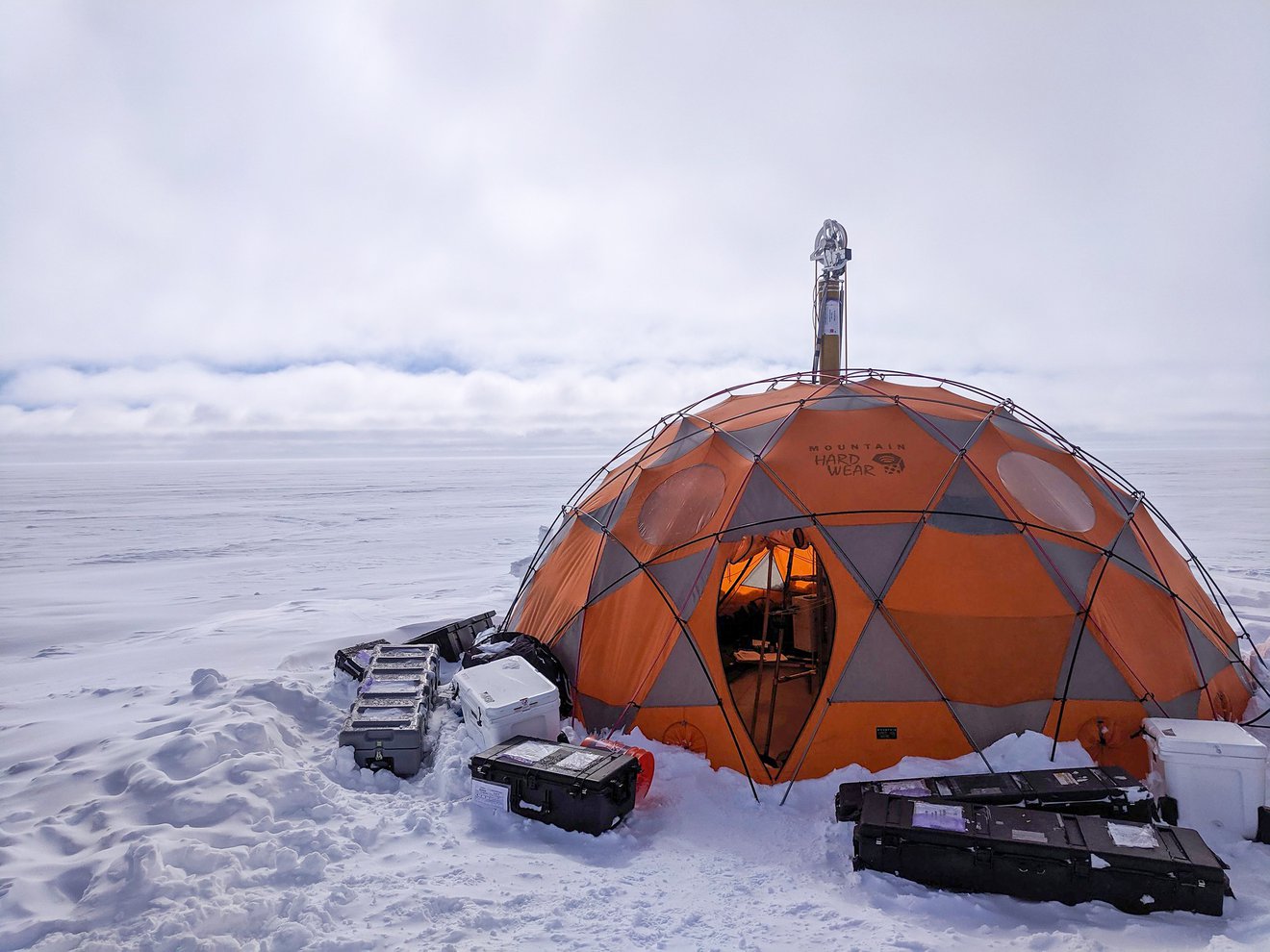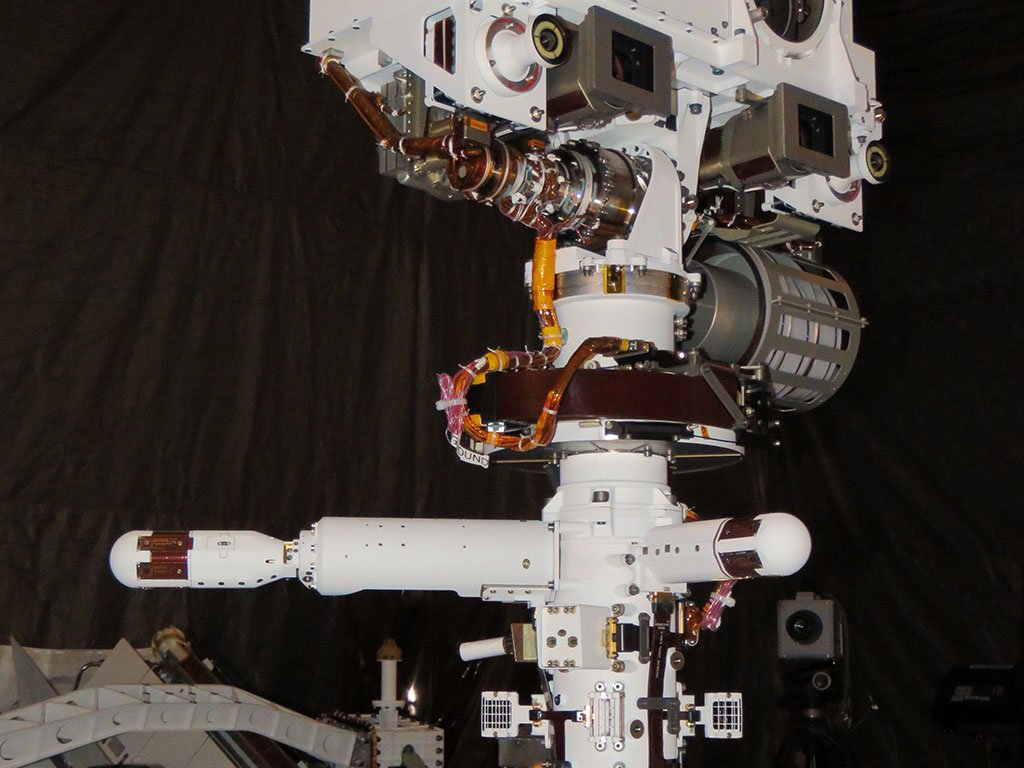Using nuclear devices to deflect or disrupt an asteroid. Sounds a bit crazy, no? Maybe a little too Hollywood? And yet, detonating nukes in space may be necessary someday for the sake of planetary defense. In order for this method to be effective, scientists need to work out all the particulars in advance. That means knowing how much force will be necessary depending on the mass and trajectory of the asteroid.
Recently, a research collaboration between Lawrence Livermore National Laboratory (LLNL) and the Air Force Institute of Technology (AFIT) investigated how the energy output of a nuclear detonation could affect the path of an asteroid. This consisted of modeling different nuclear reactions (fission or fusion) to determine the neutron energy generated, which could potentially pave the way for a new type of asteroid redirect mission (ARM).
Continue reading “If you Want to Move an Asteroid, you Need the Right Kind of Nuclear Explosion”









